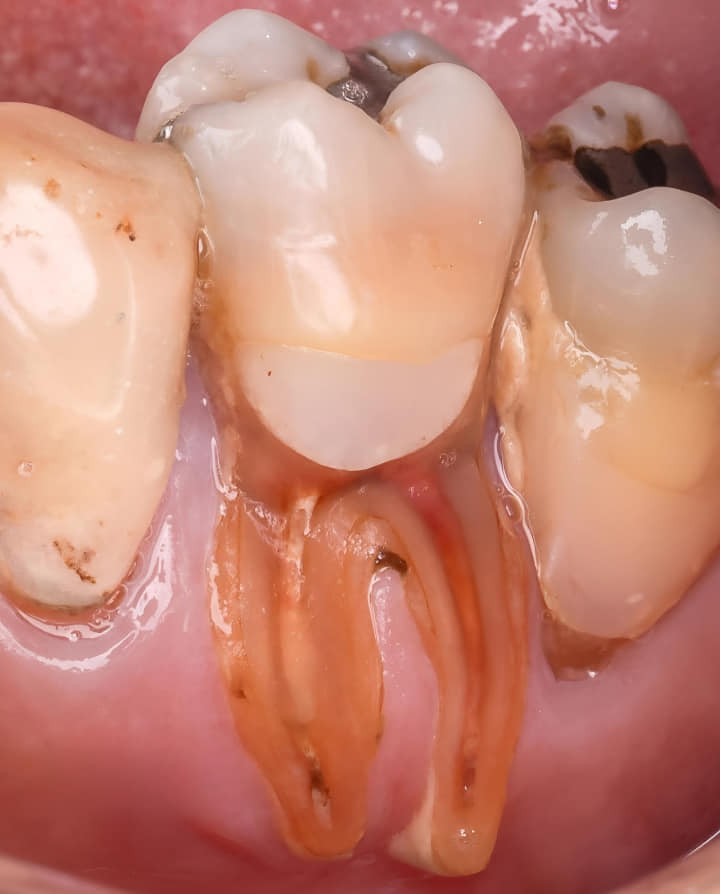The Risks of Using a Hard Toothbrush: Gum Recession & Enamel Loss Explained

Using a hard-bristled toothbrush or brushing your teeth too aggressively can damage your gums, enamel, and teeth over time. Here’s how:
How a Hard Brush Damages Teeth & Gums:
-
Gum Recession
-
Hard bristles can wear away gum tissue, exposing tooth roots (receding gums).
-
This leads to sensitivity, pain, and increased risk of decay on exposed roots.
-
-
Enamel Erosion
-
Aggressive brushing with hard bristles can scratch and wear down enamel, the protective outer layer of teeth.
-
Once enamel is lost, it doesn’t grow back, leading to sensitivity and cavities.
-
-
Tooth Abrasion
-
Over time, hard brushing can cause notches or grooves near the gum line (abrasion lesions).
-
This weakens teeth and may require dental fillings.
-
-
Increased Sensitivity
-
Worn enamel and receding gums expose dentin (the sensitive layer under enamel), causing pain with hot/cold foods.
-
-
Bleeding & Irritated Gums
-
Hard brushing can cause micro-tears in gum tissue, leading to bleeding, swelling, and gum disease risk.
-
Best Toothbrush Type for Healthy Teeth & Gums:
-
Soft or Extra-Soft Bristles (ADA-approved)
-
Gentle on gums and enamel while effectively removing plaque.
-
-
Small Head & Angled Bristles
-
Helps reach back teeth and clean along the gum line.
-
-
Electric Toothbrush (with Pressure Sensor)
-
Some models alert you if you’re brushing too hard.
-
Proper Brushing Habits to Protect Teeth:
-
Use Gentle Pressure
-
Brush like you’re massaging, not scrubbing.
-
Let the bristles do the work—no need to press hard.
-
-
Brush at a 45-Degree Angle
-
Tilt the brush toward the gum line to clean plaque effectively.
-
-
Use Short, Circular Strokes
-
Avoid harsh back-and-forth scrubbing.
-
-
Brush Twice Daily for 2 Minutes
-
Longer brushing ≠ better cleaning (overbrushing harms enamel).
-
-
Avoid Brushing Right After Acidic Foods/Drinks
-
Acid softens enamel—wait 30 minutes before brushing.
-
-
Replace Your Toothbrush Every 3-4 Months
-
Worn-out bristles are less effective and can harm gums.
-
Signs You’re Brushing Too Hard:
-
Gums are receding or bleeding
-
Teeth appear more yellow (thinning enamel exposes dentin)
-
Tooth sensitivity to hot/cold
-
Visible notches near the gum line
If you notice these signs, switch to a soft brush and ask your dentist for advice. A proper brushing technique is more important than force!




